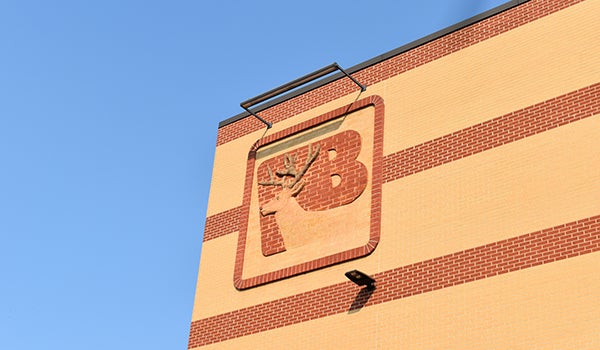Buchanan schools adjust to remote learning
Published 8:45 am Tuesday, November 17, 2020
|
Getting your Trinity Audio player ready...
|
BUCHANAN — On Nov. 10, Buchanan Community Schools Superintendent Patricia Robinson announced all schools in the BCS district would move into remote learning from Nov. 11 through Dec. 4.
A week later, high school students across the state of Michigan got the news that they will be learning remotely, due to an emergency order from the Michigan Department of Health and Human Services that called for high schools to move to remote learning for the next three weeks.
Robinson and Buchanan Middle School Principal Shelby Beasley are both pleased with how the transition to remote learning has gone this round for BCS. The decision to go remote was not an easy one, according to Robinson.
In the letter communication sent out Nov. 10 by Robinson to BCS families, she said across the district from grades kindergarten through 12th grade, there were 11 staff members and 122 students in isolation or quarantine at the time.
“Between Tuesday and Thursday, we would get a [positive COVID-19] case,” Robinson said. “For every case, we would have 10 to 20 students that needed to be quarantined. That created a kind of balancing act for our teachers, as they would have to provide remote lessons for students and teach classes in person.”
The challenge grew as the two teaching methods were being employed for longer amounts of time.
When staff members tested positive, it meant other staff members as well as students would also need to be quarantined or isolated, making even more work for the remaining educators.
“It makes it really hard to operate a building when you do not have the staff to teach,” Robinson said. “We needed to go remote so we could continue to provide instruction for our students.”
Robinson confirmed there was also difficulty in finding substitute teachers, but said the substitute teacher shortage existed prior to the pandemic. A staffing shortage continues to exist in finding teachers and bus drivers, as well.
As the move to remote occurred on Nov. 11, Robinson said educators and administrators had taken into account feedback they had received from parents during their practice remote learning days.
“We created a more comprehensive schedule to make sure timings were staggered between buildings and grade levels,” Robinson said of one of the changes made.
Households with multiple school aged children reportedly found parents and guardians stretched thin as they attempted to assist students in multiple online classes at the same time. Staggering the communications and instruction helped to ease stress for both educators and parents.
For the middle school students, Beasley said the remote learning was going well so far.
“Before the practice days, teachers and students practiced all of the various technology components and procedures while they were in-person together,” she said. “Our remote plan follows our block schedule, and each class period starts with a live Google Meet session. After the Google Meet, there is an assignment for students to complete in Google Classroom.”
Middle school students may also contact teachers during designated office hours for assistance Google Meet.
Beasley said attendance was holding at a 90 percent or higher rate for the middle school, and said students who were missing classes were contacted by the office and intervention staff to see if they needed more support or assistance.
“While not having students with us at school is difficult, teachers and students were definitely prepared to make this transition,” she said.
Beasley said she had had positive feedback from parents and guardians after the two practice remote days the school ran earlier in November, prior to the remote learning break.
For students across the district, internet connectivity has been a consistent challenge for some to continue engaging during remote learning. Robinson said the district had been working on solutions to the challenge.
“We gave another survey asking parents if they had [internet] connectivity,” Robinson said. “Those who don’t, we collected their information and we are providing fobs with the instruction or work uploaded on the fobs so parents can come in and get them. They can pick them up, have the students complete the work and bring it back to the school.”
The high school also has a monitored internet room available, that enforces spacing and face masks.
“Every building, parents can come to the parking lot and connect their devices to the building [wi-fi],” Robinson said.
The district is also connecting with T-Mobile, through a grant, to procure wi-fi hotspot devices for families otherwise unable to connect to the internet, in the future.
Robinson acknowledged the challenges the COVID-19 pandemic had brought to families and the community.
“Our community support has been great,” she said. “It has been a challenge for parents of young students, where they have to figure out how to have supervision at home. I applaud the parents’ efforts, and I hope all the employers are working with them to be flexible with their work time.”







